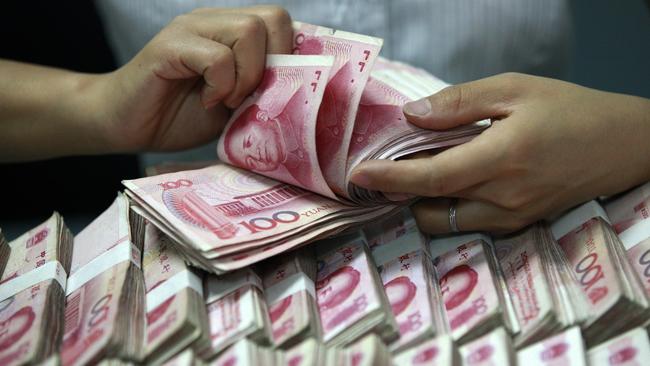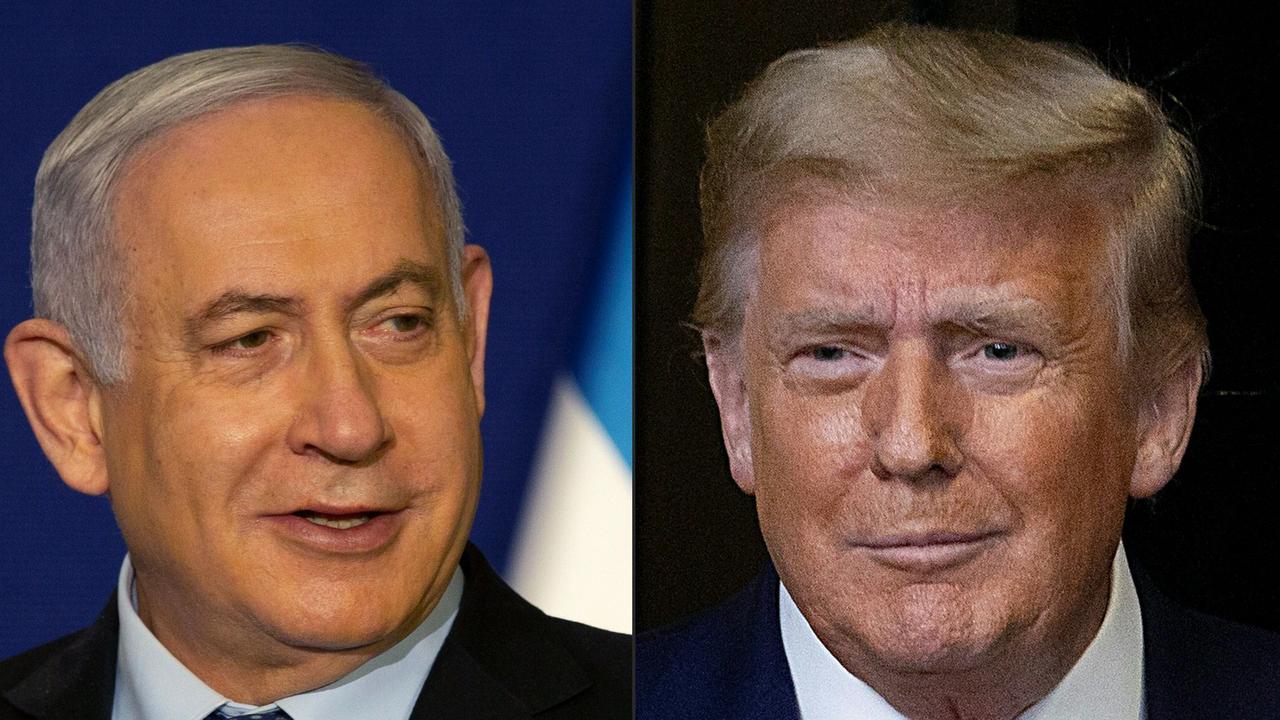China sets GDP growth target at around 5.5% for the year
GDP target is lowest level in the more than quarter-century of economic planning, reflecting domestic and global uncertainties.

China set an economic growth target for the year of around 5.5%, the lowest level in more than a quarter-century of economic planning, reflecting heightened domestic and global uncertainties in a key political year for leader Xi Jinping.
China’s target, which was announced by Premier Li Keqiang on Saturday at the start of the country’s annual legislative session, marks a step down from the already-modest goal of 6% or more that it set for 2021, which it easily surpassed with an 8.1% expansion in gross domestic product.
The lower GDP target comes amid mounting downward pressure in the world’s second-largest economy and indicates policy makers’ concerns about the impact of government-engineered slowdowns in the property and technology sectors, as well as rising geopolitical uncertainty with the chaos in Ukraine. Domestic consumption has also remained sluggish as economists forecast slower export growth.
Economists polled by The Wall Street Journal all predicted Beijing would set a growth target of 5% or more for 2022. Chinese policy makers have set annual GDP targets since 1994, with the lone exception being 2020, when the Covid-19 pandemic delayed the annual legislative session by several months and led Beijing to scrap the growth target altogether.
China’s government also said Saturday it would boost military spending by 7.1% in 2022, up from the previous year’s 6.8% increase and marking its biggest bump in three years.
While China had little trouble topping its GDP growth target in 2021, given the strength of its post-pandemic rebound, it will face a more challenging task reaching this year’s lower target.
The economy came into the year with a sharp deceleration in year-over-year growth, from double-digit percentage levels in the first half of 2021 to just 4% growth in the final quarter.
In many respects, the economic signals so far this year have been even weaker than they were late last year, with warning lights flashing in property and domestic consumption.
Mr Li described this year’s GDP target as representing “a medium-high rate of growth,” which he said would demonstrate China’s “ability to move proactively,” given the various challenges facing the economy.
In the first two months of the year, for example, home sales by volume and by sales among China’s 100 largest property developers plunged 43% from a year earlier, accelerating from December’s fall. The steep declines came despite falling mortgage rates and loosened restrictions on home purchases.

Indicators of domestic consumption, including box office receipts and tourism numbers during China’s week long Lunar New Year holiday, remain well below pre-pandemic levels more than two years after the initial Covid-19 outbreak.
To keep the economic picture from spiralling further out of control, Mr Li said Saturday the government would step up spending despite an estimated slower growth in fiscal revenue.
The government set a target for an 8.4% year-over-year increase in budget spending this year, up from a 1.8% target in 2021. It expects fiscal revenue to grow by 3.8% in 2022, compared with last year’s projected rate of 8.1%.
It also set the fiscal deficit target at 2.8% of GDP in 2022, down from last year’s 3.2% target, which the government said was a more sustainable rate, while leaving room for unexpected contingencies.
Beijing said it would also offer cash-strapped local governments larger fund transfers from central authorities. Funds transferred from the central government to local authorities will increase 18% this year, Mr Li said, the biggest jump in years.
He said Beijing would keep steady from the previous year its limit for local government special-purpose bonds, which are mainly used to fund infrastructure projects – 3.65 trillion yuan, equivalent to $US577.8 billion. Actual issuance last year was 3.43 trillion yuan.
“The risks and challenges that China faces will increase significantly this year,” Mr Li said, referring to conditions both at home and abroad. He added that policy tools should be promptly deployed to produce effects early and ensure a stable economy.
“In the face of new downward pressures, steady growth should be given more prominence,” he said.
Despite the lower growth target, Beijing still hopes to create 11 million new jobs in 2022, while capping its headline jobless rate, the urban surveyed unemployment rate, at 5.5%, according to Mr Li. Those targets were unchanged from last year, which China said it met by creating 12.7 million jobs and bringing its headline unemployment rate down to 5.1% at year’s end.
While inflation is less of a problem in China than it is in the West, Mr Li said China would keep its consumer inflation target unchanged from the previous year at around 3%. The actual rate of inflation last year was 0.9%.
The work report made only one reference to “common prosperity,” a political slogan given greater prominence last year as Mr Xi intensified a crackdown on the technology and real-estate sectors.
It didn’t mention a property tax, after the government said in October it would conduct five-year property-tax trials in some regions of the country, part of a broader effort to rein in real-estate speculation and distribute wealth more evenly.
Following a wave of power shortages last year and rising uncertainties around Russia and Ukraine, China emphasised the importance of energy stability, saying it would approach the issue with “appropriate flexibility.” Mr Li also said Beijing would beef up its renewable energy sources, from its current capacity of more than one billion kilowatts.
On other matters, China said it would improve measures to encourage families to have more babies, after loosening restrictions last year to allow all families to have three children in a bid to arrest the country’s sliding birthrate.
Mr Li also vowed to crack down on the trafficking of women and children, in response to a recent public outcry over a woman who was found chained in a shed and who authorities said had been sold twice for marriages.
Grace Zhu, Bingyan Wang and Sha Hua contributed to this article.
The Wall Street Journal



